Trump weighed even bigger tariffs in push by trade adviser
Published in Political News
WASHINGTON — President Donald Trump’s steeper-than-expected tariffs have traumatized financial markets and triggered recession fears all over the world.
His White House weighed the option of going even bigger.
Trade adviser Peter Navarro urged the president to implement either an across-the-board 25% tax on imports or a so-called “reciprocal” formula based on trade deficits, people familiar with the matter said. The latter was incorporated in Trump’s proposal announced last week, on top of a baseline duty of 10%.
The upshot: After weeks of deliberations inside the Trump team over his flagship policy, the plan that ultimately emerged hewed closest to the position of Navarro — the president’s most hawkish adviser on trade — according to people with knowledge of the deliberations, who requested anonymity to describe private talks.
That tilt is key to the anxiety spreading across Wall Street and corporate America. Many prominent investors had celebrated Trump’s election victory as the dawn of a new era of pro-business policies, only to be left in shock when the president followed through with what he promised during the campaign: aggressive use of tariffs to topple a global economic order he has long decried as unfair.
In the run-up to Trump’s announcement in the Rose Garden last week, the internal discussions featured moderates — who supported the lower 10% rate for universal tariffs, perhaps with exceptions — and maximalists.
Treasury Secretary Scott Bessent was a voice of caution, encouraging the use of tariffs primarily as a negotiating tool, the people said. Navarro viewed them as something more fundamental — the means to transform U.S. trade relationships — and Commerce Secretary Howard Lutnick also struck a strident tone.
Subsequently, Trump’s economic team all endorsed the plan — an outcome that underscores the growing disconnect between the administration and the business world.
‘Just the Beginning’
In Trump’s first term, key advisers included figures — like Steven Mnuchin and Gary Cohn — broadly in tune with a Republican Party that had championed free trade for decades. Now Trump has surrounded himself with protectionists. The contest between Bessent and Lutnick to become Treasury secretary saw both men competing to pledge support for tariffs.
Taken together, the trade measures Trump has announced so far would raise U.S. import taxes to their highest levels in more than a century. In a Financial Times op-ed on Monday, Navarro said Trump wants more than just lower duties for U.S. exports.
“To those world leaders who, after decades of cheating, are suddenly offering to lower tariffs — know this: that’s just the beginning,” he wrote.
Still, there could be an opening for Trump to use the tariffs as leverage to strike deals and drop certain rates down to the baseline 10%, which is widely seen as the lowest he’ll likely go, the people said. As Bessent said on Fox Business on Monday, “It is my hope that through good negotiations, all we will do is see levels come down.”
Asked to comment on the tariff-design process, Navarro said: “What happens in the Oval, stays in the Oval. Nothing from anonymous sources is ever credible, merely media mischief and misdirection.”
Navarro is known for his brash, uncompromising nature and has sometimes sparked anger in Trump’s orbit. Billionaire adviser Elon Musk — whose carmaker Tesla Inc. could be hit hard by tariffs — said Tuesday that Navarro is “dumber than a sack of bricks.”
‘There was debate’
As the tariff rollout drew closer, Bessent, U.S. Trade Representative Jamieson Greer and National Economic Council Director Kevin Hassett were on the more cautious end, the people said. Hassett and Bessent both had proposed tariffs that were nuanced and targeted, some of the people said. Bessent warned about market consequences of an across-the-board tariff rollout, and generally those in his camp argued that Trump could always add tariffs later.
“It was a plan that was discussed by the president’s entire trade team,” White House Press Secretary Karoline Leavitt told reporters Tuesday. “A few proposals were given to the president, there was debate and discussion and the president made his decision.”
White House spokesman Kush Desai said Trump “fosters open discussion and debate behind closed doors among his advisers to inform his decision-making.”
“The entire Trump administration is aligned on addressing the national emergency posed by our country’s persistent trade deficits and restoring American Greatness from Main Street to Wall Street,” he said.
A Treasury spokesperson also stressed that the Cabinet was unified behind Trump’s economic agenda, saying the president’s actions have brought other countries to the table. In a post on X, Bessent said he’s proud to be working with Trump to “right the wrongs of longstanding global trade imbalances.”
Trump steered away from the most aggressive options in two other ways. He elected to not add tariffs on specific products — like automobiles and pharmaceuticals — on top of the reciprocal ones, avoiding a double-whammy for key industries. Greer supported that position, one person said.
Trump also excluded Canada and Mexico, the two largest U.S. trading partners, from this latest round. The North American neighbors have already been hit with a 25% tariff, though there’s an exemption for goods shipped under the continental trade pact that Trump negotiated during his first term. Lutnick advocated simply extending that arrangement, one of the people said.
Mystery formula
Trump officials have given conflicting answers about who came up with the formula for the reciprocal tariffs, based on nations’ trade balances with the U.S. It sowed confusion among investors and has been dismissed as unsophisticated and sloppy by economists. Many countries hit by the highest duties are low-wage nations that manufacture consumer goods, and some even had free-trade pacts that were effectively undone by Trump’s announcement.
“When you look at the country’s trade deficit, we believe that captures some of the unfairnesses, and you have to have a uniform methodology,” Greer said at a Tuesday congressional hearing.
In one analysis that was a potential foundation, the Council of Economic Advisers used a variety of models aimed at devising tariffs that focused on a nation’s non-tariff barriers. Those could be less sensitive to trade deficits, because some nations have a competitive advantage with the U.S. in certain products.
Navarro told CNBC on Monday that the math was based on CEA calculations. But in some cases the tariffs that were rolled out didn’t reflect CEA’s numbers, one of the people said.
_____
With assistance from Jennifer A. Dlouhy, Nancy Cook, Jonathan Ferro and Lisa Abramowicz.
_____
©2025 Bloomberg L.P. Visit bloomberg.com. Distributed by Tribune Content Agency, LLC.





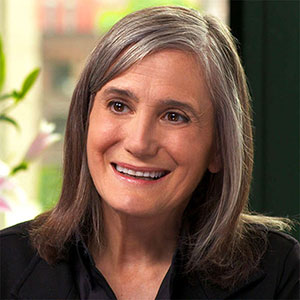
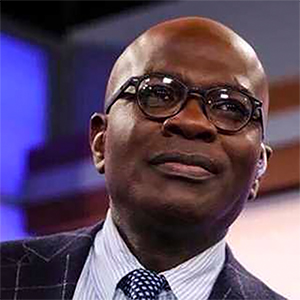
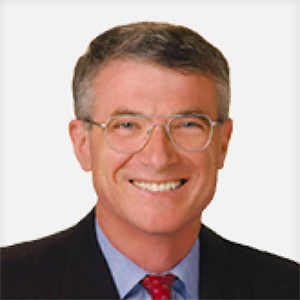
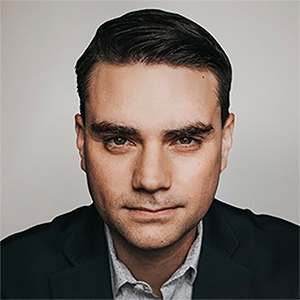
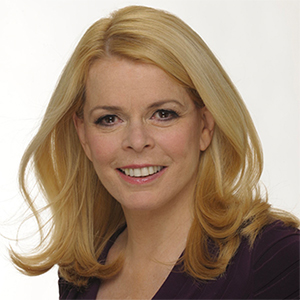
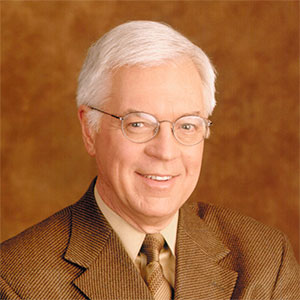
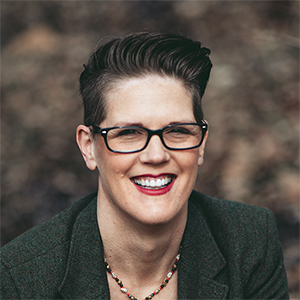
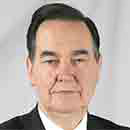

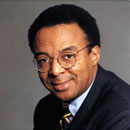



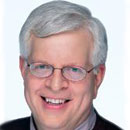
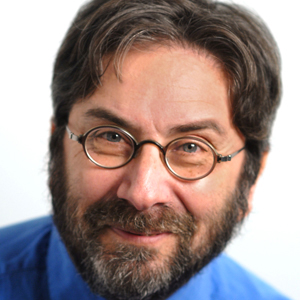
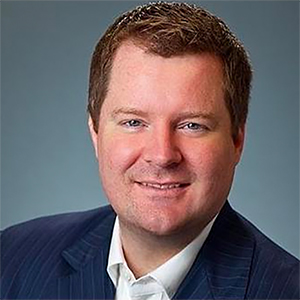
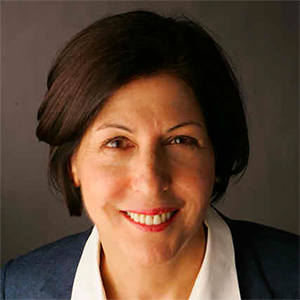
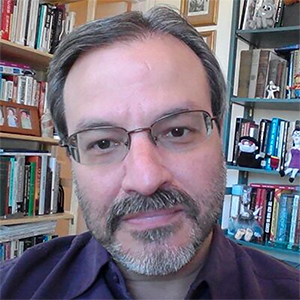
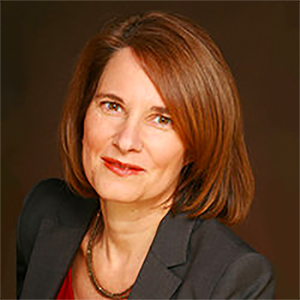
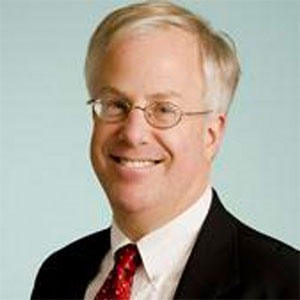

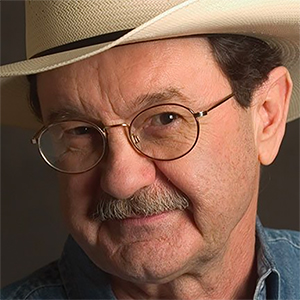
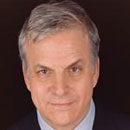
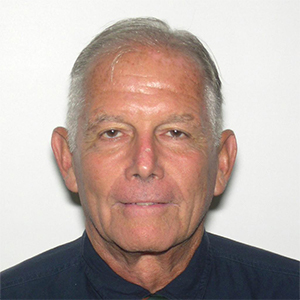
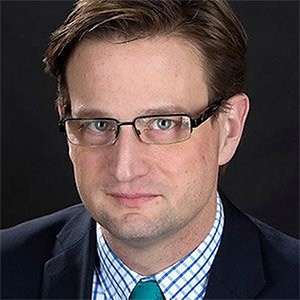
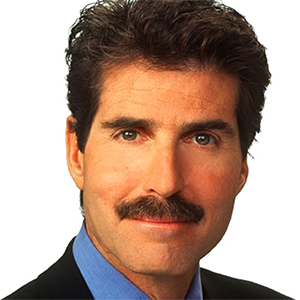
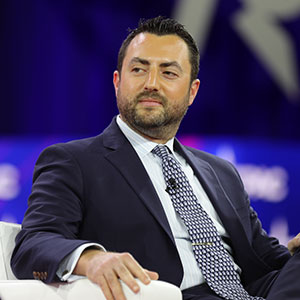
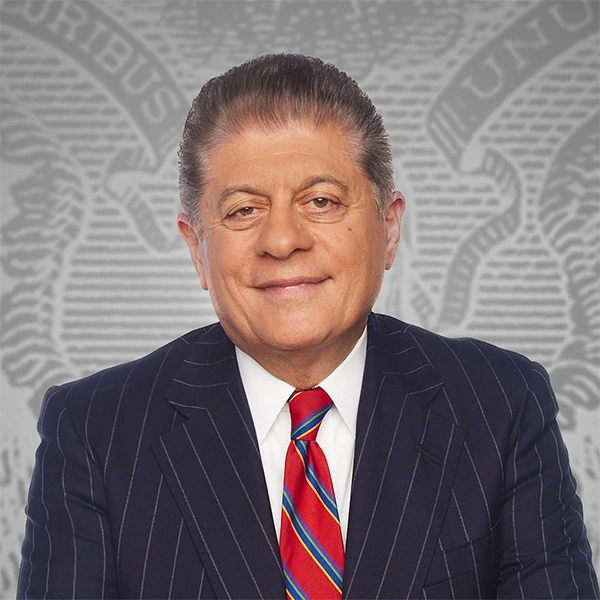
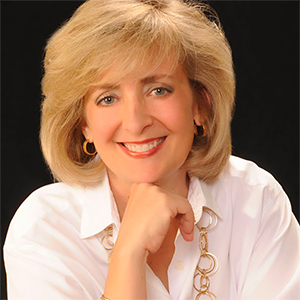

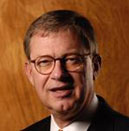
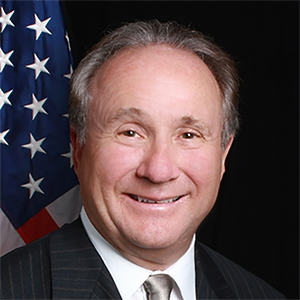
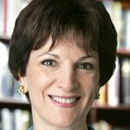
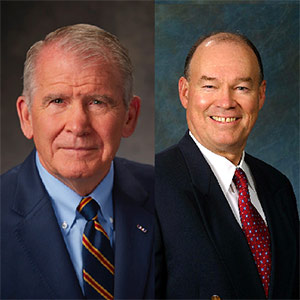
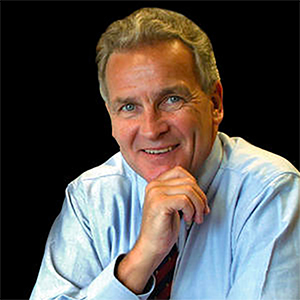
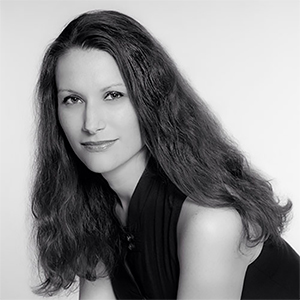
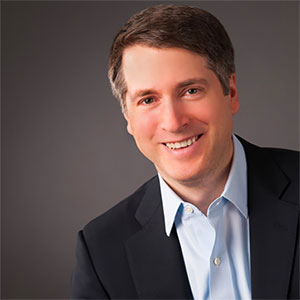
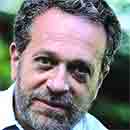
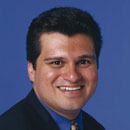
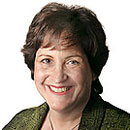
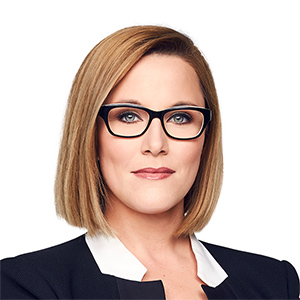
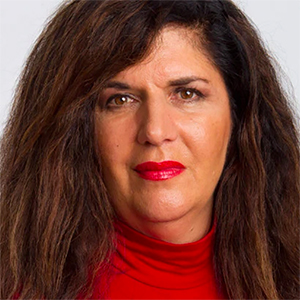

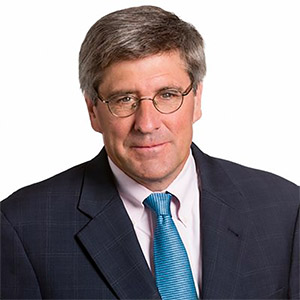
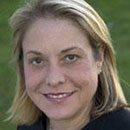

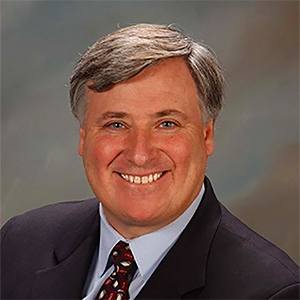

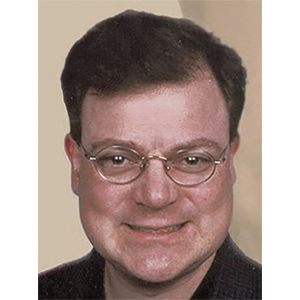


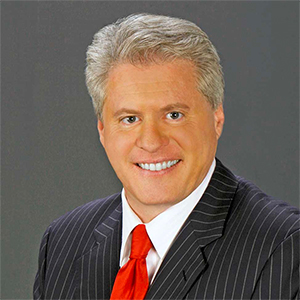

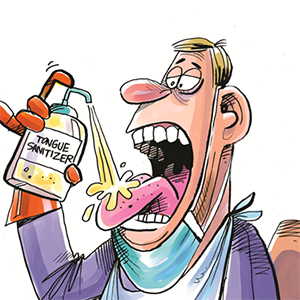


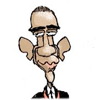
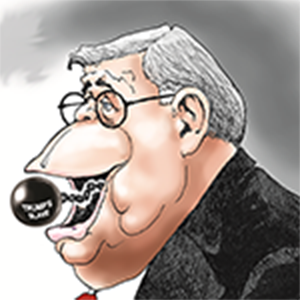
Comments